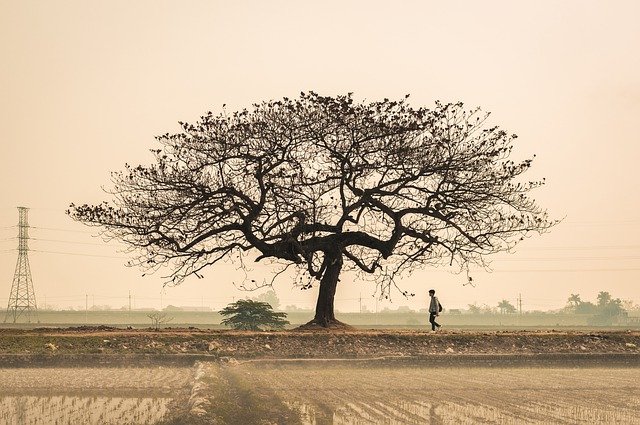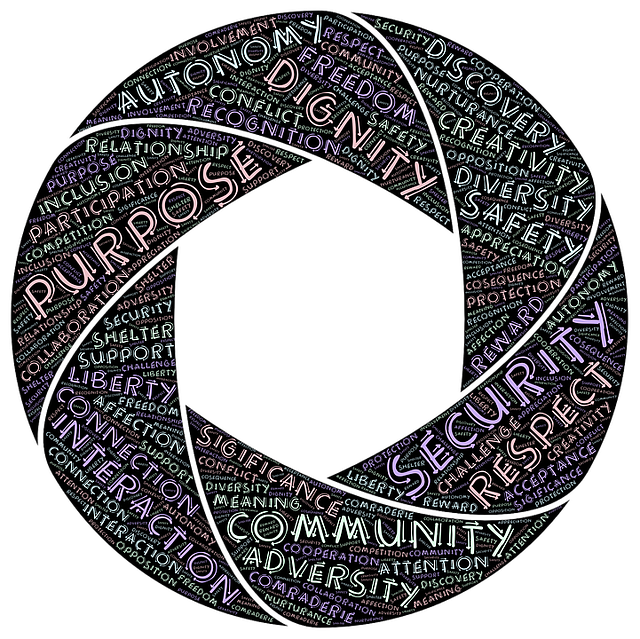In the previous post I discussed healing collective trauma in the light of presentations during the Collective Trauma Summit 2023. The discussion identified a wide range of trauma healing modalities that can be employed in helping individuals heal from trauma – whether individual, intergenerational or cultural trauma. One of the key themes was the need to normalise collective trauma so that a global healing movement can develop and thrive. A number of recent novels throw light on the manifestation of collective trauma in different communities.
Novels describing collective trauma
Alli Parker, descendent of an Australian soldier and his Japanese wife, vividly describes life within Japan during the time of the British Commonwealth Occupation Forces (BCOF) and within Australia at the time of the White Australia Policy (induced by fear of Asians). In her book, At the Foot of the Cherry Tree, Alli describes the stresses on the relationship of her grandparents, Gordon and Cherry Parker, and their extended, exhausting efforts to have Cherry successfully settled in Australia. The married couple experienced trenchant opposition at both ends – Japan and Australia. In Japan, Gordon was punished by the MPs for breaking the anti-fraternisation policy of the Australian Army and was viewed as an “enemy stranger” by the Japanese community. In Australia, Gordon and Cherry were bullied and harassed by people inheriting hatred and anger from traumatic events experienced at the hands of the Japanese during the war.
Elise Esther Hearst, author of One Day We’re All Going To Die, describes in vivid detail the life of Naomi who works at a Museum of Jewish Heritage and whose turbulent life is lived in the pervasive shadow of “the unspoken grief” of her Grandmother , a Holocaust survivor. The impact of Naomi’s intergenerational trauma is reflected in her maladaptive behaviour, e.g., toxic sexual relationships, and “need to please” and not disappoint. Naomi is enmeshed in community expectations, including the expectation that she would marry a good Jewish man (because non-Jews did not understand the trauma of the Holocaust and what Jewish families had to experience). Throughout her life, Naomi is surrounded by the “echoes of the dead and dying” as they are “in objects, in story, in her grandmother’s firm grasp”. This leaves her wondering what is “normal” and how to behave as a “normal person”. The novel highlights the identity crisis that can occur with intergenerational trauma.
Normalising collective trauma
During the Summit, Laura Calderon de la Barca highlighted the need to mainstream and normalise the experience of trauma and recovery and pointed to Alanis Morissette (A Summit presenter) as an example of this normalisation process. Alanis has spoken about her “tool kit” that has assisted her in her “trauma recovery journey” and enabled her to deal with her negative inner dialogue. Her toolkit included movement through stage performances, exposure to nature (sun and water), mindfulness practices, and writing songs. Her personal way forward included pursuing relationships which, in turn, required her to manage the associated vulnerability.
Awareness of collective trauma can also be developed through prominent journalists such as Helen Pick telling their story. Helen, a British-Australian journalist who was UN Correspondent for the Guardian newspaper, shares her story of being one of the children involved in Kindertransport, removal of children from Nazi Germany to London by trains. In her recollection, published in a Guardian article titled, My Family and Other Enemy Agents, she recounts how disorientating the experience was. She found that the transfer to a foreign land “muddled her sense of identity” and she was externally identified, even as a child, as a “foreign alien”. Despite being effectively “anglicised”, Helen indicated that at some level she feels “rootless”, having lost all memory of her childhood in Austria (possibly a form of dissociative amnesia). She pointed to the documentary, Into The Arms of Strangers, as a recounting of their Kindertransport experience by a number of refugees and noted that she could relate to some aspects of their experience especially the felt need “to meld into the social fabric of their new homeland”. Producer of the film, Deborah Oppenheimer, provides insights into tone of the film, the lessons learned and the impacts of the Kindertransport experience on the lives of the children involved. Deborah received the Academy Award for the Best Documentary (Feature) in 2001.
Reflection
Alli Parker provided me with an insight into what life was like for Australian soldiers engaged in the British Commonwealth Occupation Forces in Japan. My father was stationed in Japan as part of this occupation force and I had no idea how traumatic that would have been after having survived 4 years in Changi as a prisoner-of-war of the Japanese.
I am finding that as I grow in mindfulness through a range of mindfulness practices that I am better able to understand and emphasize with my father despite his alcohol addiction as a result of PTSD.
________________________________
Image by chulmin park from Pixabay
By Ron Passfield – Copyright (Creative Commons license, Attribution–Non Commercial–No Derivatives)
Disclosure: If you purchase a product through this site, I may earn a commission which will help to pay for the site and the resources to support the blog.








